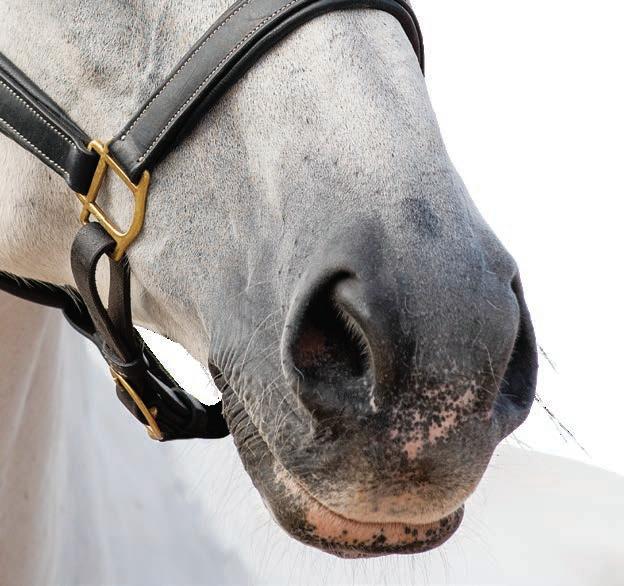
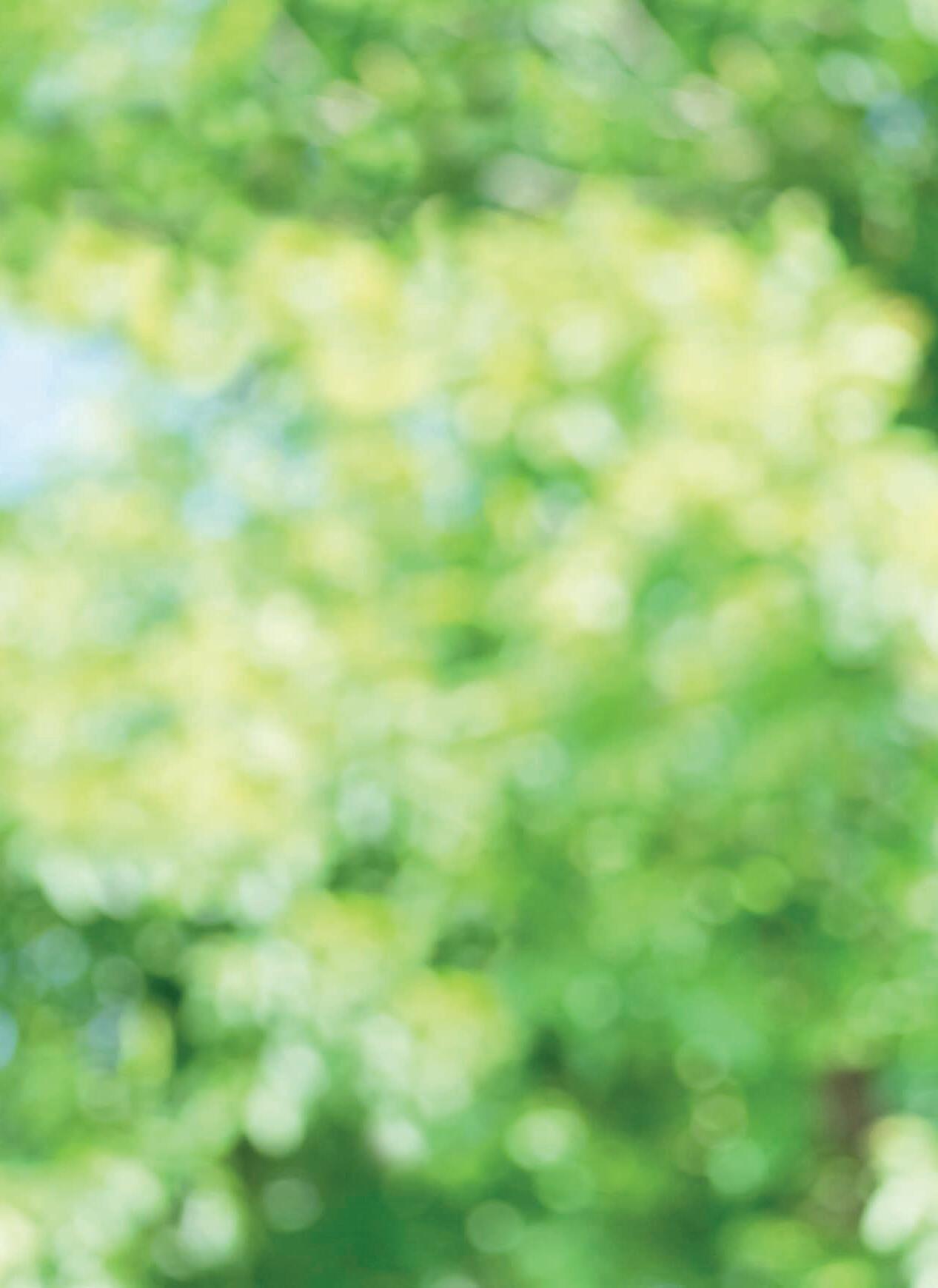





Refine your aids and challenge your horse’s straightness with Ros Canter’s simple exercise

Ros Canter is the reigning Individual and Team European Eventing Champion. She has multiple 5* wins to her name and helped Team GB secure gold at the Paris Olympics 2024.
Sometimes, I find the simplest of exercises the most useful. Just because they appear to be straightforward (and quick to set up), it doesn’t mean they’re any less challenging for you and your horse – especially if you stay disciplined.
In training, I like to use simple exercises to help establish the core skills and set my horses up for success – whatever they go on to do – and the exercise I’m about to share with you does exactly that.
Why is straightness important?
A straight horse will...
• have even weight distribution and develop muscles evenly
• stay in better balance
• have more impulsion
• be more supple
• have a reduced risk of injury
This exercise is so useful because it’s suitable for any type of horse, at any level and in any discipline – I’ll even run through it with Lordships Graffalo from time to time to check-in on our straightness and controls.
Two short poles or dressage boards for this exercise. Position them down the long side or centre line, at least 20m apart. You need...
Riding a truly straight line is much harder than many people think, but this exercise isn’t only about working on the horse’s straightness. It’s a great one for us as riders, too, as the poles are points to focus on but not look at directly. Our job in the saddle is to look one step ahead of what we’re doing, so we can prepare and guide the horse. So, although we’re training on the flat here, these skills are easily transferable to jumping.
Take Badminton, for example, where there might be four elements in a cross-country combination – each time I jump, I’ve already got my eyes locked on the next fence to encourage my horse to follow me. The idea with this exercise is to have something that’s not going to overface your horse so you can practise the system you’re going to implement when fences are involved.
I really like using raised boards because they require the horse to lift. If you can, use skinny poles for straightness exercises, as they’ll encourage you to be more accurate.
Whatever stage you’re at, remind yourself of the end goal – yes, you want your horse to be working straight, but it’s about refining your skills to improve your controls and communication. So, as you come around the corner onto the line, look at your first board or pole. Once you’re on the line, fix your eyes on the second board until you’re riding over the first one, then look up and ahead towards the end of the arena.
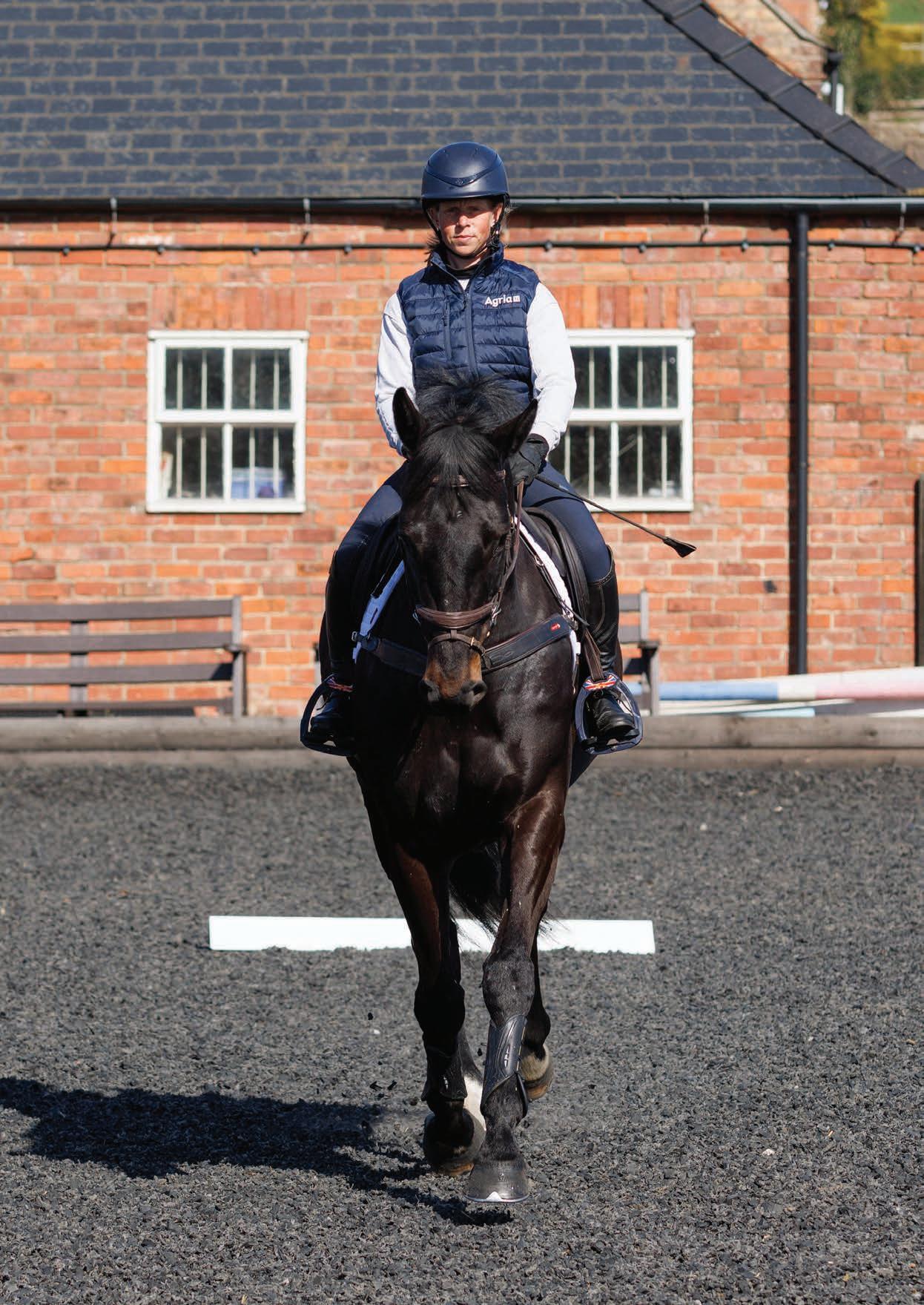
In this feature
Establish a straight horse
Check your controls Test self-carriage
Alicia Wilkinson has three must-try exercises to improve your showjumping approaches


Amisjudged line can be the difference between a clear round and a knocked pole in the showjumping arena. The good news is, working at home to hone your skills between fences will boost your and your horse’s performances and pave the way to success over fences. Let’s get started!


Doubles are something that crop up in every showjumping course. Making sure you have an accurate approach to the first element is what determines the success of the combination, because making the distance between the two fences requires you to jump square and straight. Practising at home is a great way to improve your straightness as a whole and ensure you ace doubles every time.
To train for doubles, you need two fences set one (6.4–7.7m) or two (10–11m) strides apart. Then add some extra poles on the ground –create a channel between the fences using two poles set just over a horse’s width apart. You can also include another pair of poles as tramlines before the first fence and also directly after the second, which is especially helpful if your horse is inexperienced.
As you work ride this exercise, think about...
• approaching with a forward, rhythmical canter
• keeping your eyes on the first fence as you
In this feature
Successfully tackle doubles
Work on accuracy and rhythm
Refine your turns
To make the exercise harder, incorporate a related distance by adding more strides between the fences – the longer the line, the trickier it is to keep straight.
make the turn onto the line, then looking up and beyond once you’re straight
• channelling your horse with light pressure from your calves, keeping him moving forward and straight
• maintaining an even feel down the reins
The poles are there to guide you. If you find your horse is drifting, adjust your aids –using your seat and leg, rather than your reins – to help correct him.
Then start to widen the poles to test whether you can ride the double with the same level of accuracy when you don’t have as much support from them.


Use positive mental imagery techniques to build confidence and improve your riding skills
Charlotte
Christopher BSc MSc SEPiT is a BHS Accredited Coach and sports psychologist in training.

It’s not unusual to imagine yourself doing something you’ve always wanted to do. In fact, you likely do it all the time without even realising. Or maybe you go over in your head all the different potential scenarios that could happen at a forthcoming event or occasion. If that’s something that sounds familiar, you’re probably unaware that you’re using a technique called motor imagery, which, if you harness it, refine it and apply it constructively, can become a useful addition to your riding toolkit. So, what exactly is involved?
Motor imagery is the process of mentally rehearsing a skill or experience without physical movement. It has various applications, including boosting confidence, preparing for competition, enhancing focus and increasing motivation. However, one often overlooked, yet highly researched, benefit of imagery is its impact on motor learning. Through motor imagery, riders can mentally practise specific skills, making it a valuable addition to training. For equestrians, motor imagery offers distinct advantages, as it can...
• allow for practice of movements that might be difficult or harmful to physically execute repetitively, such as performing a simple change or a shoulder-in
• provide an opportunity for a
particular movement to be practised repeatedly without stress or strain to the horse
• help riders prepare for unexpected situations, such as spooks, giving them greater confidence in their ability to cope
• help riders gain extra practice hours while out of the saddle
The terms imagery and visualisation are often used interchangeably. However, in sports psychology, the term imagery is preferred, as it incorporates all the senses and not merely sight alone.
Separating advice from opinion can be vital for supporting your riding progress

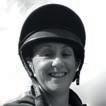
Alison Buttery is a certified mindset and confidence coach, a BHS APC senior coach and an experienced rider, who specialises in helping riders overcome their nerves. She’s also the founder of The Everyday Equestrian.
As a rider, you’ve likely encountered all kinds of opinions about how you should train, ride or care for your horse. Sometimes, these opinions are really helpful and constructive, but at other times they can be intrusive, unkind and even damaging to your confidence.
There’s much we can learn from others and different viewpoints can expand our understanding by offering new ideas we might not have considered. However, we’re all individuals and not every suggestion or insight will be right for you or your horse. So, how can you filter the noise and continue enjoying your riding?
Hearing different viewpoints can expand our understanding by offering new ideas
Understanding the motivations behind other people’s opinions can help you take them less personally. Often, people offer their thoughts because they feel it’s their way of helping. However, sometimes, these opinions come from a place of insecurity, a need to feel knowledgeable or even a desire to compare themselves to others to bolster their own confidence.

When you’re trying to build confidence, what others say can easily lift you up or knock you down, so it helps to know the difference between advice and opinions.
1. Advice is usually invited, thoughtful and based on an understanding of your situation.
2. Opinion can sound like advice but is often unsolicited and shaped by someone else’s fears, beliefs or limited perspective.
You’re not obligated to act on someone’s opinion or advice. Filtering feedback is a skill – and an important one – when you’re working on your mindset.
When someone shares an opinion, it can say more about them than it does about you. Their experiences, beliefs and limitations shape what they say, so their perspective may be incomplete, biased or simply unhelpful. Recognising this helps you manage your emotions and protect your confidence.
The same applies to passing comments from strangers or acquaintances, who don’t know your horse, your history or your challenges. Remember, people see what they expect to see, so it’s essential to recognise you’re making progress on your own terms and that others might not have awareness or understanding of your riding journey.

Every owner wants their horse to live a happy, fulfilled life and knowing how to spot signs of stress will go a long way towards helping you do just that.
Having a clear understanding of what makes your horse stressed and how he reacts when he feels under pressure will give you the right tools to help him stay calmer in his daily life. Here’s what to consider...
Stress can be defined as a mental or physical pressure that results in a reaction. In some cases, stress can be useful in a horse’s life to protect him from potential danger and allow him to learn and adapt to his environment. However, too much stress, such as long periods without food or company, can negatively impact a horse’s wellbeing.
The freeze response may be seen if the horse is subjected to high levels of confusion or fear
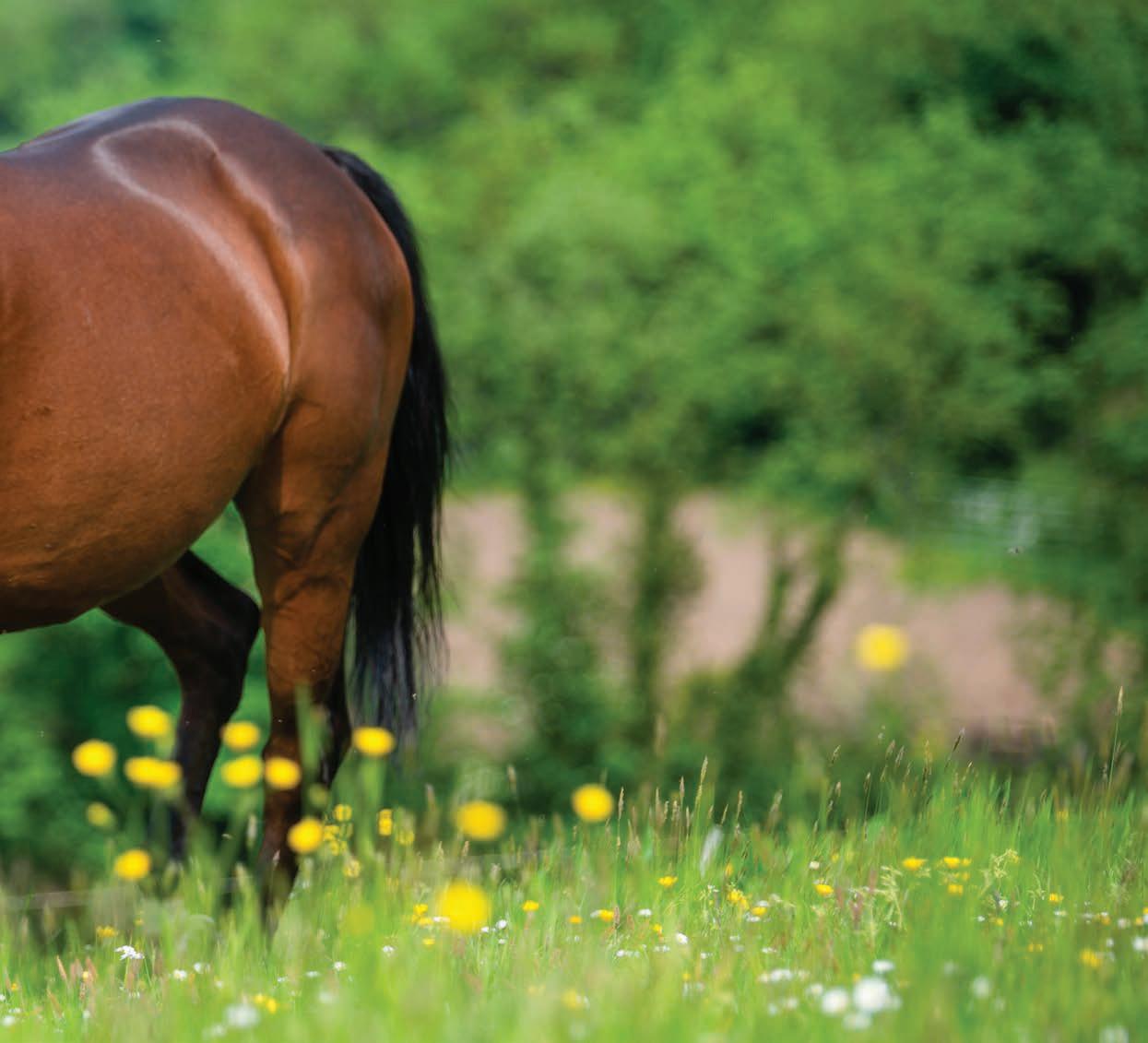

Acute vs chronic
Acute stress is caused by short-term stressors – for example, a plastic bag blowing across the path in front of your horse. Chronic stress is caused by longterm factors, such being restricted to the stable or experiencing pain over a prolonged period. DID YOU KNOW?
Stress can be broken down into two elements – physiological (physical) and psychological (mental and emotional).
